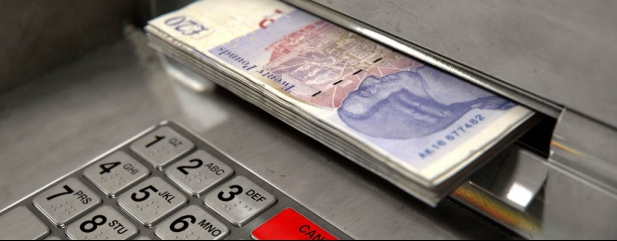Archived article
Please note that tax, investment, pension and ISA rules can change and the information and any views contained in this article may now be inaccurate.
How does flexi-access drawdown work with pensions?

I plan to access my SIPP soon, probably via flexi-access drawdown. Given the potential volatility of markets and likely valuation degradation, the option of staggering the 25% tax-free entitlement (to avoid significant capital depreciation) over a period of, say, five years seems an increasing likelihood. Please can you outline how this works.
Presumably the 25% tax-free cash entitlement amount is determined at the point you first trigger drawdown? For example, £25,000 would be tax-free on a pot of £100,000.
Could you then take £5,000 in the first year with subsequent £5,000 amounts in each of the following four years?.
Colin
Tom Selby, AJ Bell Head of Retirement Policy says:
Flexi-access drawdown involves taking an income from your retirement pot while keeping the rest of your fund invested. You can do this from age 55, although this ‘normal minimum pension age’ is set to increase to 57 in 2028.
The two other main options are taking ad-hoc lump sums (with 25% of each lump sum tax-free) – also known as an uncrystallised funds pension lump sum – or buying a guaranteed income from an insurance company known as an annuity. You can also mix and match these options.
One of the primary tax benefits of pensions is the ability to take 25% of your pot tax-free. This involves ‘crystallising’ part or all of your pension.
If someone had a £100,000 retirement pot, as in your first example, then they could choose to take their entire 25% tax-free cash entitlement of £25,000. Assuming they are going into flexi-access drawdown, this would trigger two ‘benefit crystallisation events’: Taking £25,000 tax-free cash and committing the remaining £75,000 to flexi-access drawdown.
Both events would trigger a lifetime allowance ‘test’ and use up a portion of their available lifetime allowance.
While their remaining fund would be crystallised, they wouldn’t have to take an income from the fund or change their investments if they didn’t want to.
In these circumstances the saver wouldn’t be entitled to any more tax-free cash from their pot, even if the remaining fund subsequently grows in value.
Provided they haven’t used up their lifetime allowance, they will be able to generate extra tax-free cash entitlement on the fund that grows from any new contributions paid in.
It is also possible to crystallise your pension in chunks. One potential advantage is that your remaining uncrystallised fund, including any associated tax-free cash entitlement, can continue to grow.
Using the example of someone with a £100,000 fund, they could crystallise £20,000 of it, taking £5,000 in tax-free cash and putting £15,000 into flexi-access drawdown. The remaining £80,000 would be uncrystallised. If that uncrystallised fund grew by 5% to £84,000, so too would the tax-free cash entitlement associated with it. So when they crystallise their remaining fund they could take £21,000 tax-free cash (25% of £84,000) instead of £20,000 (25% of £80,000).
Investment growth is not guaranteed and it is possible your fund will go down as well as up, particularly over the short-term.
DO YOU HAVE A QUESTION ON RETIREMENT ISSUES?
Send an email to asktom@sharesmagazine.co.uk with the words ‘Retirement question’ in the subject line. We’ll do our best to respond in a future edition of Shares.
Please note, we only provide information and we do not provide financial advice. If you’re unsure please consult a suitably qualified financial adviser. We cannot comment on individual investment portfolios.
Important information:
These articles are provided by Shares magazine which is published by AJ Bell Media, a part of AJ Bell. Shares is not written by AJ Bell.
Shares is provided for your general information and use and is not a personal recommendation to invest. It is not intended to be relied upon by you in making or not making any investment decisions. The investments referred to in these articles will not be suitable for all investors. If in doubt please seek appropriate independent financial advice.
Investors acting on the information in these articles do so at their own risk and AJ Bell Media and its staff do not accept liability for losses suffered by investors as a result of their investment decisions.

 magazine
magazine








